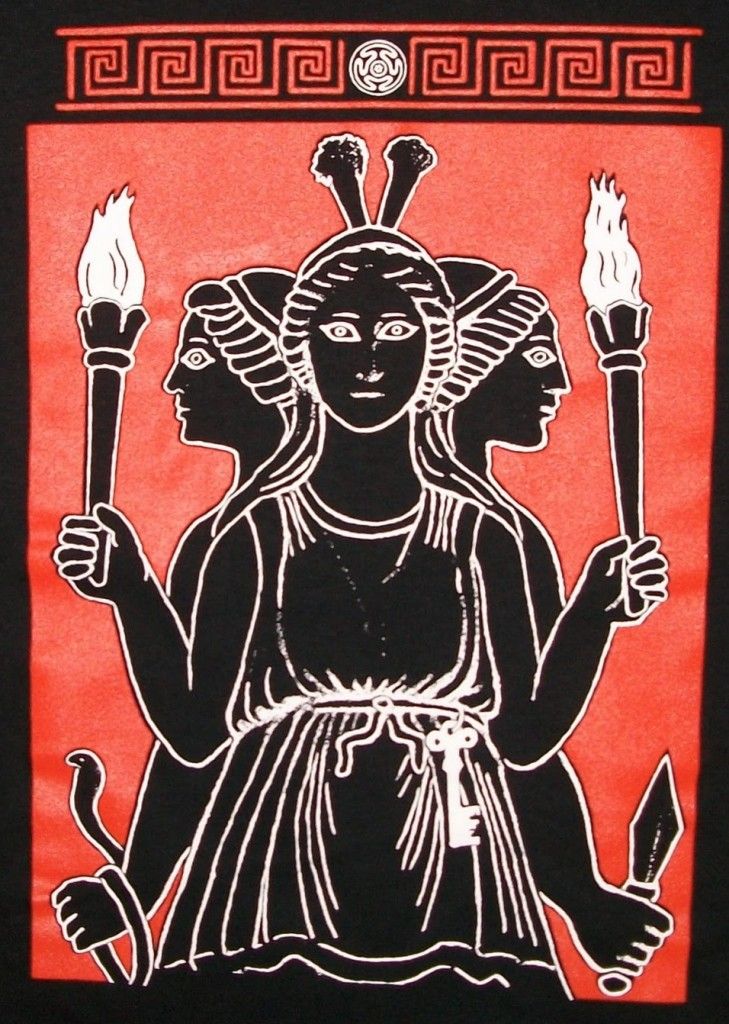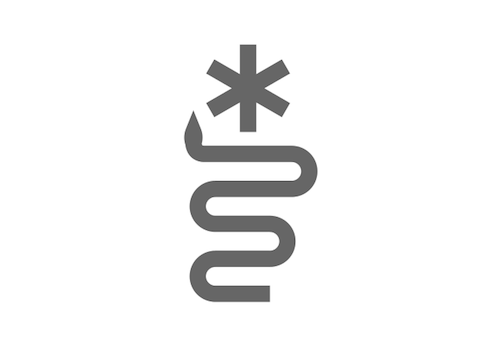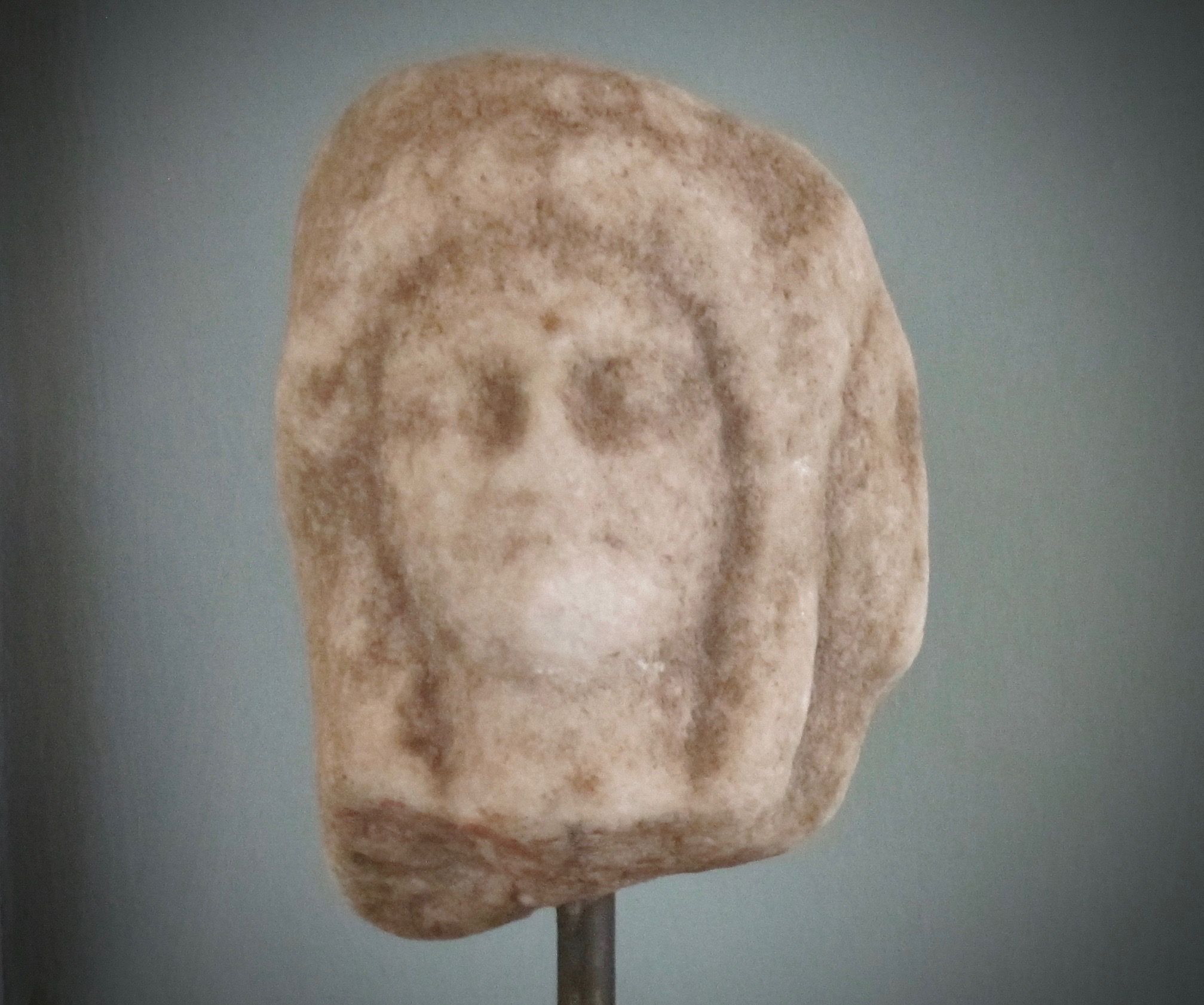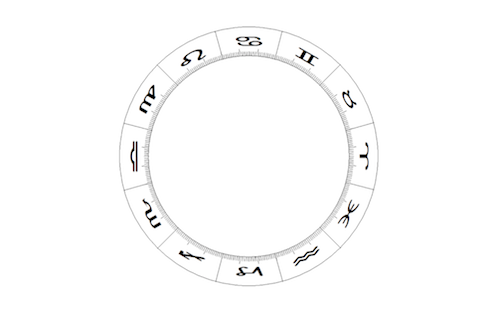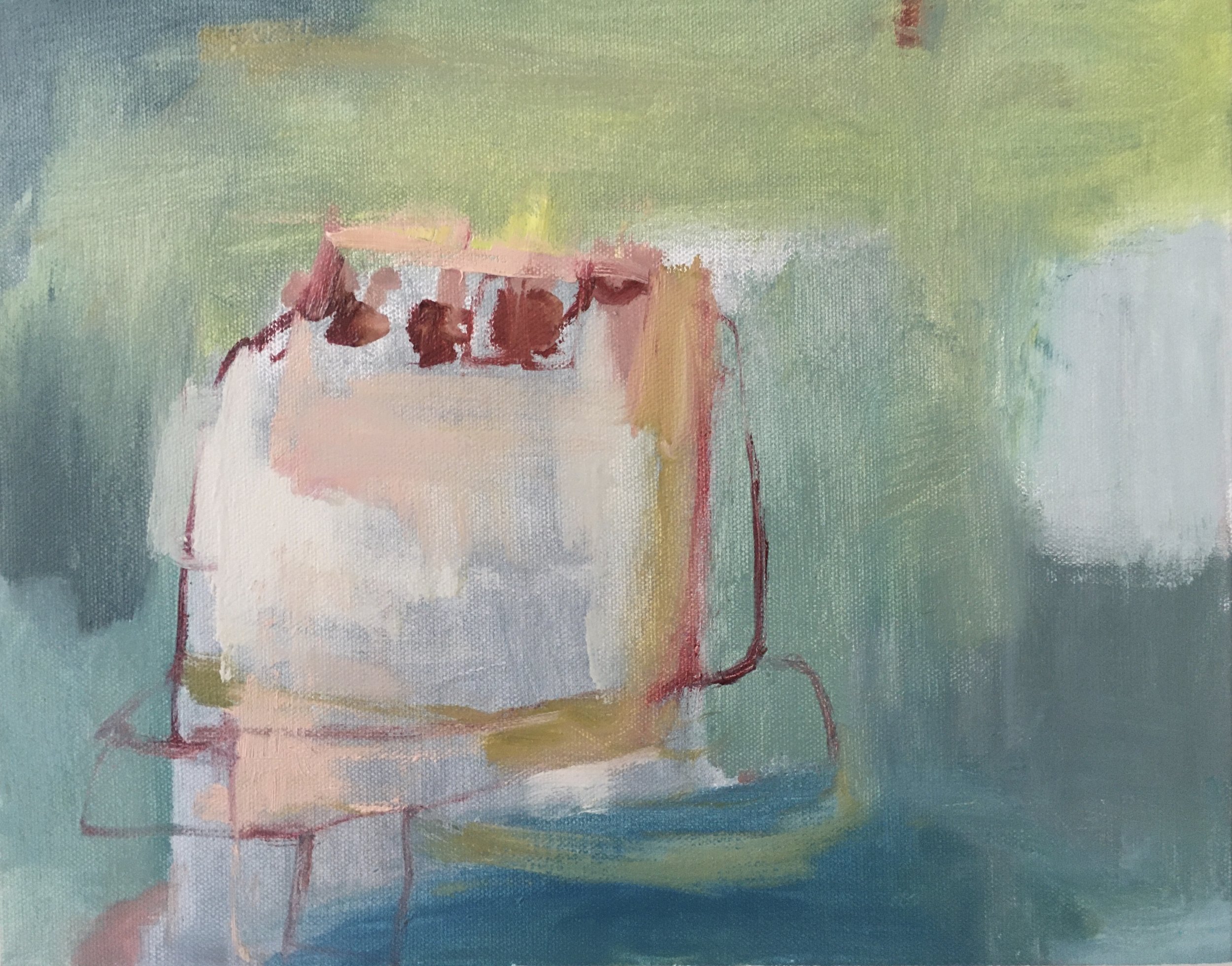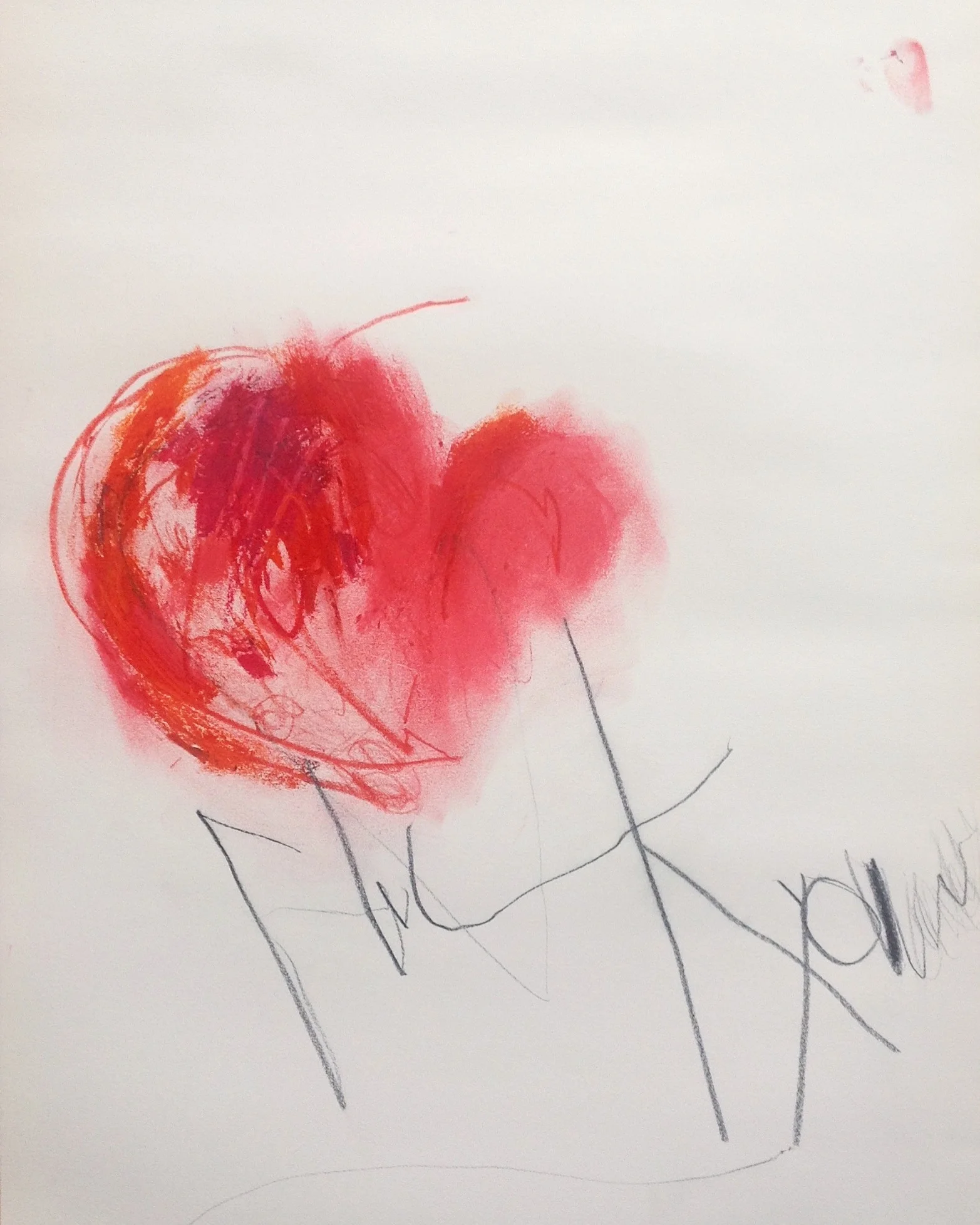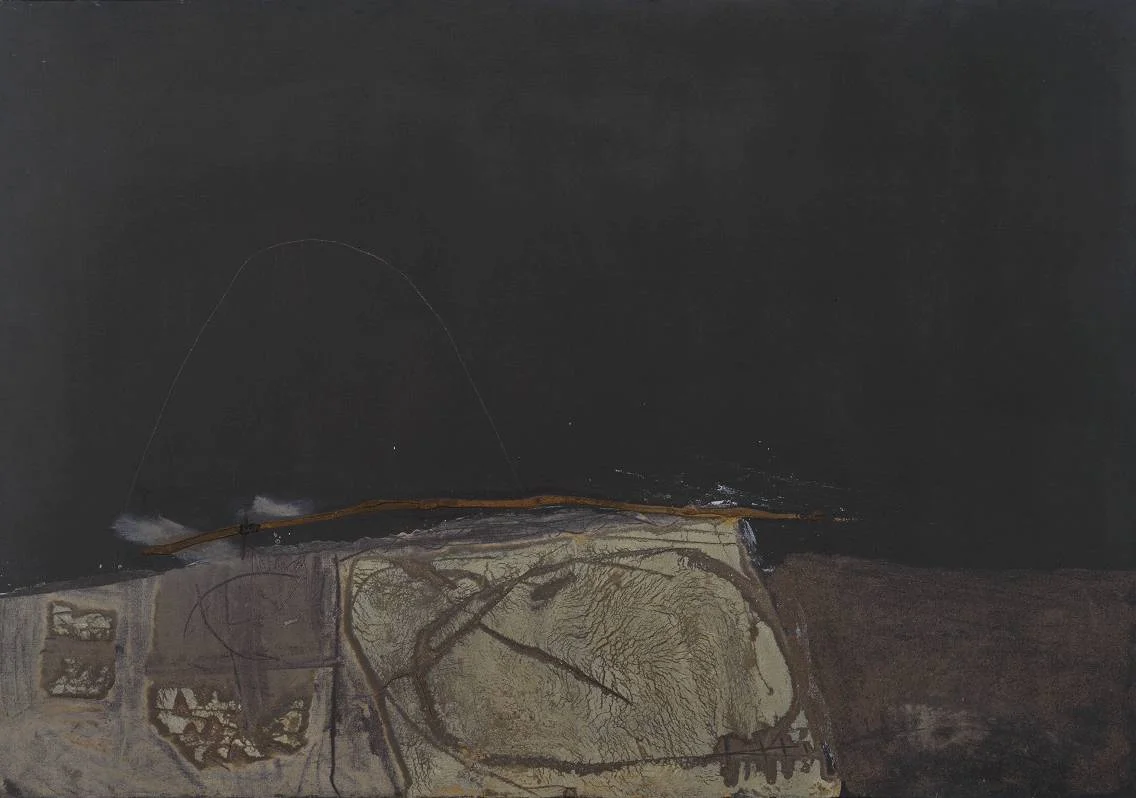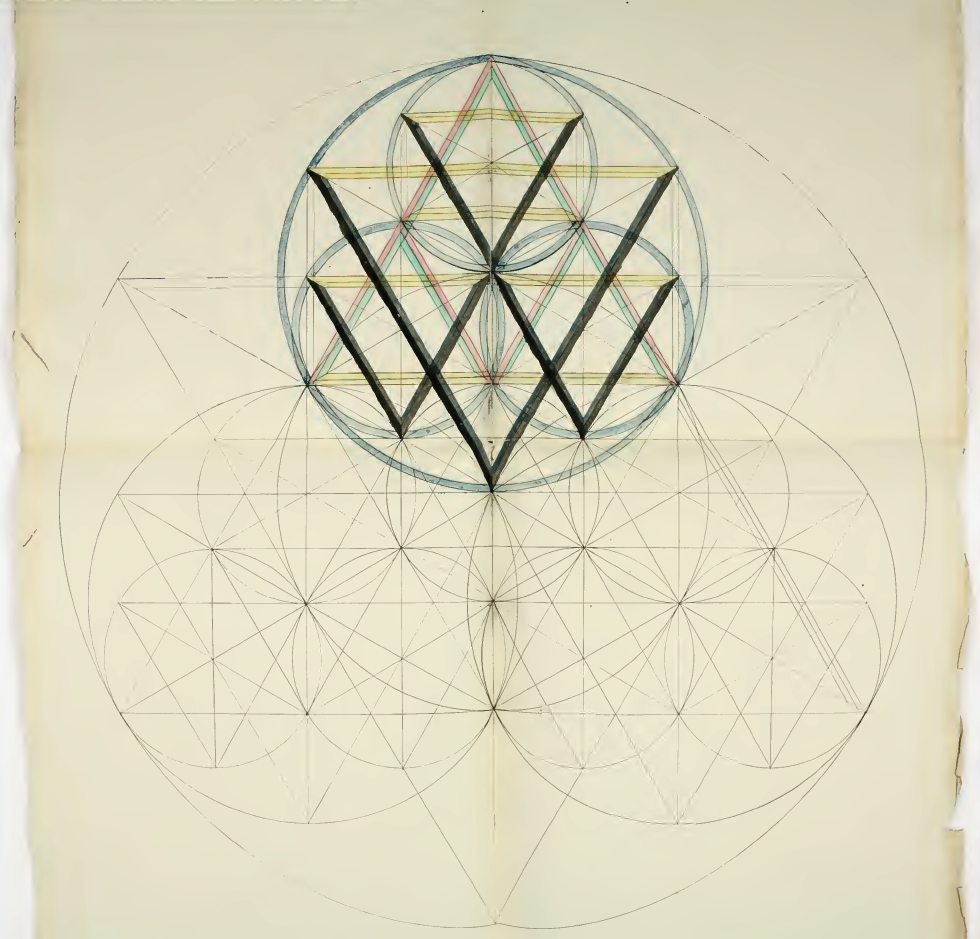Antiscia and the Thema Mundi
/An earlier version was published in December 2014.
“an energetic alliance that can be easily observed and/or experienced”
Why are connections by antiscia so obscure in astrology? — and why do most astrologers still consider these contacts second-rate aspects at best? … having some merit, but certainly not as meaningful as the Ptolemaic aspects: sextile, square, trine, and opposition.
Antiscia are reflections around the solstice and equinox points. They are symmetries based on the sharing of time and light. They are natural and simple. And they are anchored to the undeniably potent reset moment that is the Cardinal Axis. I think excluding them from having conjunction/aspect status is in error.
Antiscia in the Thema Mundi
I made a discovery many years ago while working with antiscia, and simultaneously studying Hellenistic and Persian astrology. I found antiscia shows up in the all-important Thema Mundi, a hypothetical chart of the world and teaching tool. This was something I’d never heard anyone mention before. Nor had I encountered it in the ancient texts that reference antiscia. I was astonished, and pleased to see the very obvious statement it makes.
You will see in the diagram below I’ve arranged the planets in their places of exaltation. I have noted the aspects that connect each planet back to their respective domiciles (signs). You can see both the nocturnal planets, Venus and Mars, connect to one of their domiciles by sextile. And the the diurnal planets, Jupiter and Saturn, connect to one theirs by trine. If you look to the lights, Sun and Moon, you’ll note they each connect by trine and sextile back to their respective domiciles. Which sets up a schema:
diurnal = trine | nocturnal = sextile
Then you’ll see how the malefics (and Mercury) connect to the other of its domiciles by square — and that each benefic, Venus and Jupiter, connects to the other of their respective signs by antiscia or contra-antiscia (known as the seeing and hearing signs to the ancients).
malefic = square | benefic = antiscia
All planets connect in two ways through two aspects.
Because malefics connect through a square aspect, and benefics through antiscia, I believe it is solid evidence for antiscia as a legitimate aspect, as well as describing the quality of the connection. And I find its presence in the Thema Mundi both profound and beautiful.
I believe aspects by antiscia are just as powerful as other aspects. Especially those in a close degree-based connection. (I suggest using a 4 degree orb—2 degrees on either side: applying and separating.)
As it is with the square, connections by antiscia and contra-antiscia cross boundaries and combine polarity—hot|cold, dry|moist, active|passive, day|night, male|female. This makes the pairs dynamic and alive in the world, much like we see with a square. They are active. They are combinations that demand our attention: we must do something with them.
This co-mingling of sect or gender, and temperament, along with the symmetry around the four seasonal turning points, a.k.a. Cardinal Axis (see other articles), is indicative of a very potent pairing: an energetic alliance that can be easily observed and/or experienced.
"the cardinal points relate people to the world at large"
-Charles Jayne, crediting Alfred Witte
The particular antiscia and contra-antiscia connections shown above could also be viewed as an averse pairing. However, it is undoubtedly relevant that the associations shown in the scheme are indeed antiscia (seeing) and contra-antiscia (hearing) links. The ancients regarded them as relaying sympathy and reception. And they are after all conveyed through the two creative convivial planets, moist, fertile, connective, Venus and Jupiter.
These are also signs of sharing. Signs which share power (equal amount of light = antiscia), and ascensional or rising time (contra-antiscia).
Seeing + Hearing
Signs that share light or “power” = antiscia
They fall equidistant around the Solstice points
Signs rising at the same speed = contra-antiscia
They are equidistant from the Equinox points
Example: for Hendrix the Moon in Cancer ‘sees’ Uranus in Gemini, they share power and light. The Sun in Sagittarius rises at the same speed as Jupiter in Cancer, they are said to ‘hear’ one another, and so there is sympathy and friendship.
“And so, if any stars do not aspect each other in the orderly arrangement of the nativity, it must be inquired whether they are connected to each other by the associated aspect of antiscions. For when they have sent their antiscions thus, they are connected with each other through their antiscions just as [much as] by a trine or square or opposition or sextile aspect...”
-Julius Firmicus Maternus, 4th century astrologer
in Book 2 Chapter 30 of the Mathesis (Holden translation, 2011)
“Signs that are disjunct but having sympathy for each other are all the equal-rising signs, and those having equal power, and those of like zone. For example, equal-rising are Aries and Pisces, Gemini and Capricorn, Cancer and Sagittarius, Virgo and Libra; of equal power are Gemini and Cancer, Virgo and Aries, Libra and Pisces, Sagittarius and Capricorn; of like zone are Taurus with Libra, Aries with Scorpio.
...with the joint risings of the signs and the joint ascensions of the stars...
friendships and sympathies of men and women, and parents and brothers, and friends and slaves.”
-Rhetorius of Egypt, 6th or 7th century, Ch.16 (Holden translation, 2009)
“[disjunct signs] ... are the ones which belong neither to the class of commanding or obeying, beholding or of equal power... ”
The presence of these aspects in the vitally important rulership and dignity schema, Thema Mundi, is a reality which should no longer be denied or dismissed. These points of connection have been overlooked for too long. It is time to fully embrace them and practice utilizing them in all forms of astrology!
There is much to uncover with antiscia! —See for yourself. ;-D
-
If you want to immerse yourself in this more, contact me for a mentoring session.
Or tune in to my recent talk for Kepler College (find the recording here).
A multimedia presentation available (approx. three hours in length):
“. . .undeniably potent reset moment”



